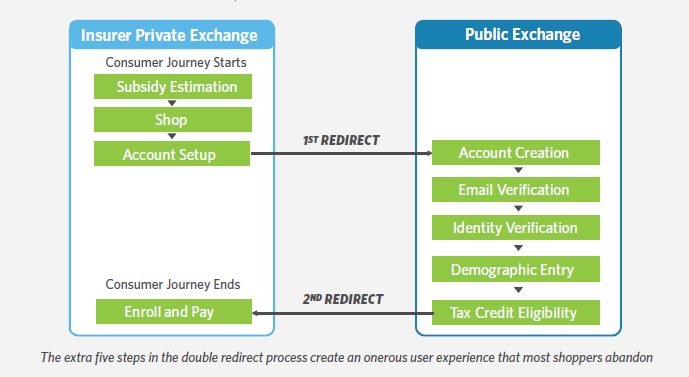We are deeply interested in file standardization. While we’ve got a lot of experience interfacing with our clients using their proprietary file formats, standardization across the industry makes life easier for everyone. If health insurance had its own version of pain remediation, it might just be file standardization.
Unfortunately, these “standard” formats, such as the 834 file, were never true standards as every insurance carrier customized it with their own proprietary companion guide. The layout formats between carriers aren’t wildly different, but the field rules certainly can be.
In order to support the Federally Facilitated Marketplaces (Federal Exchange), the Federal Exchanges needed the ability to pass enrollment data to numerous different carriers in one file format. The Centers of Medicare & Medicaid Services (CMS) produced their own 834 companion guide that is now used by every carrier that participates on the Federal Exchange. Internally here at Array, we’ve started calling this format the “834 Federal file” or “834F” for short.
We’ve found that almost all of our clients can accept enrollments for health insurance products in this format without re-work or modifications to previously constructed translators. It also allows our clients to reduce configuration costs and time when integrating with partners like Array for health insurance enrollments.
Widespread adoption doesn’t bode well for some industry players. As noted by Bob Laszewski in his recent blog post, “There is a cottage industry of firms that translate data for plan sponsors and health plans using different variations of the [834] file.” However, use of the 834F format is an obvious choice for carriers looking to streamline implementations while reducing initial setup costs.
We continue to see growing support for the 834F format and believe it is as an exciting opportunity to increase speed to market for our future clients. Time will tell if widespread use of the 834F format plays out well for the industry: we hope that it does.



